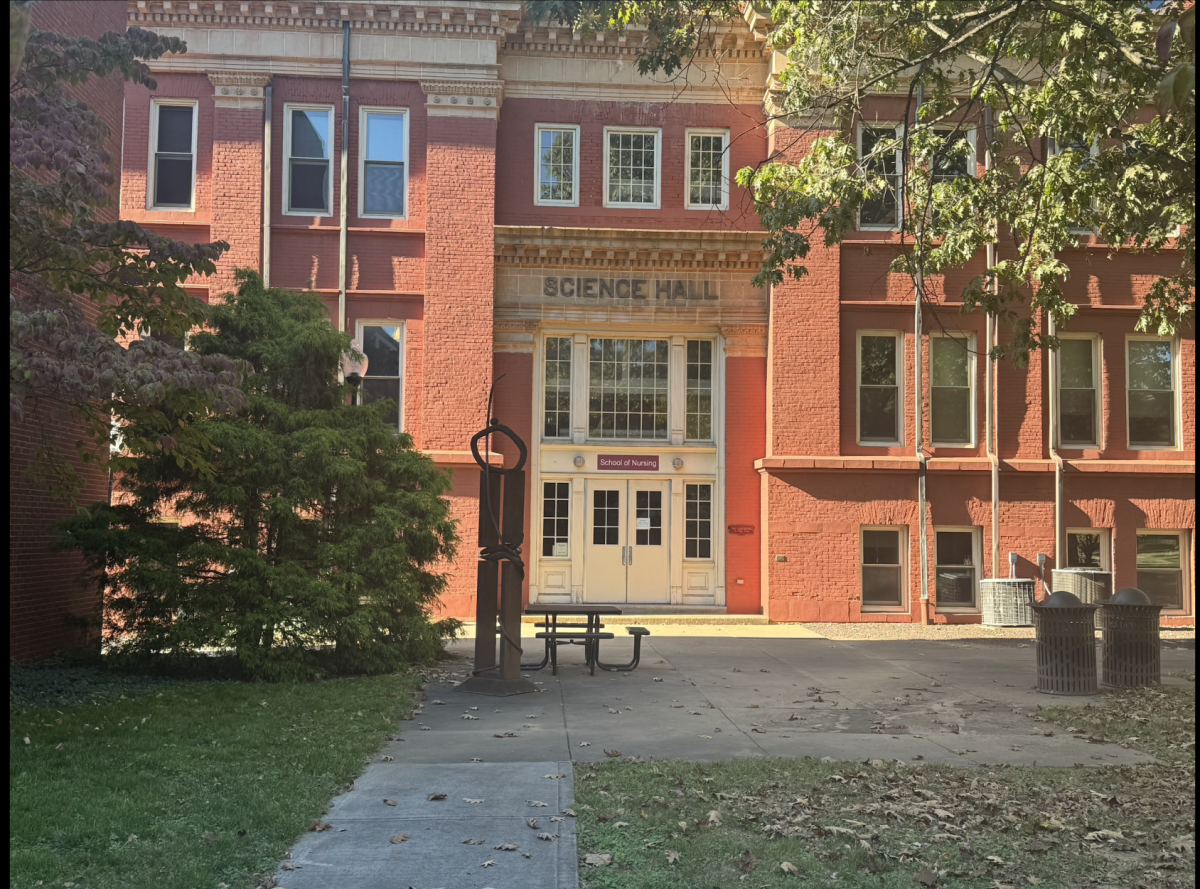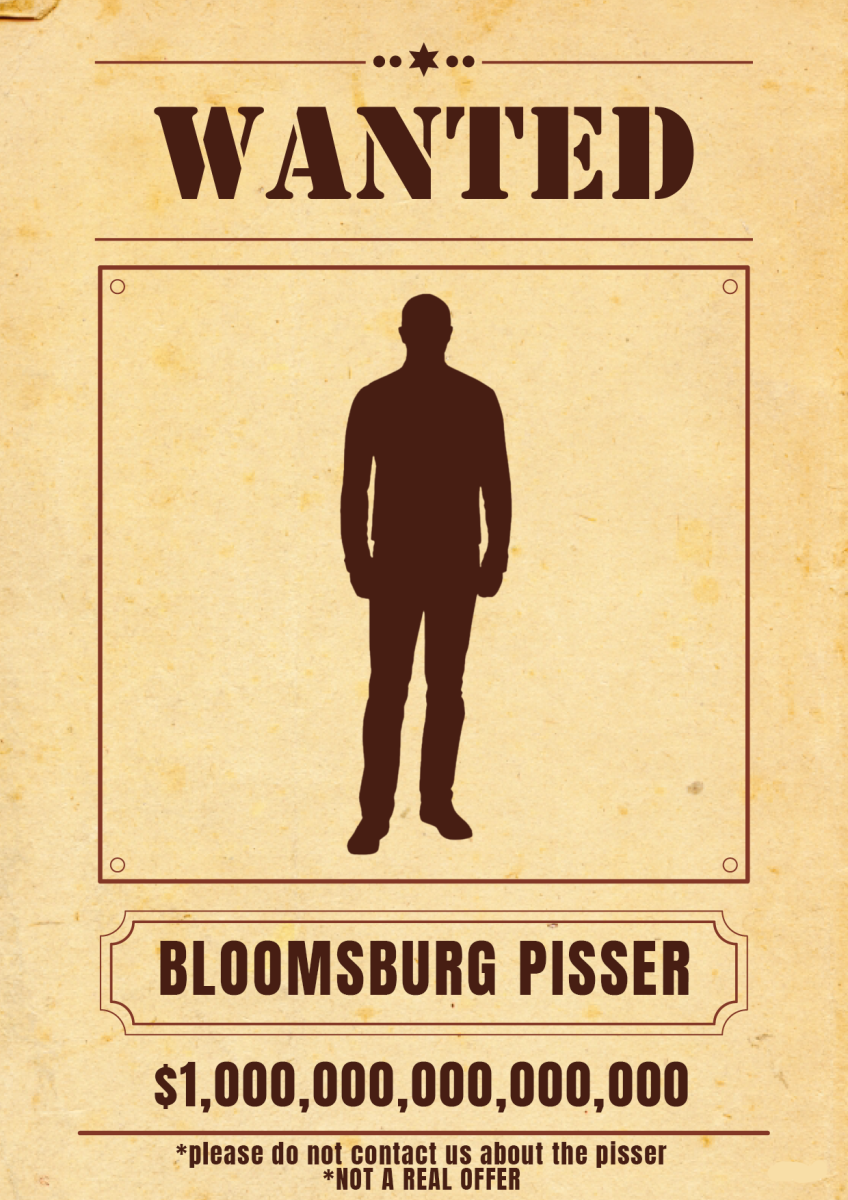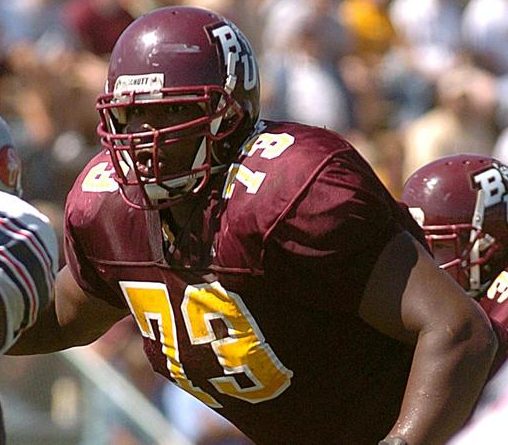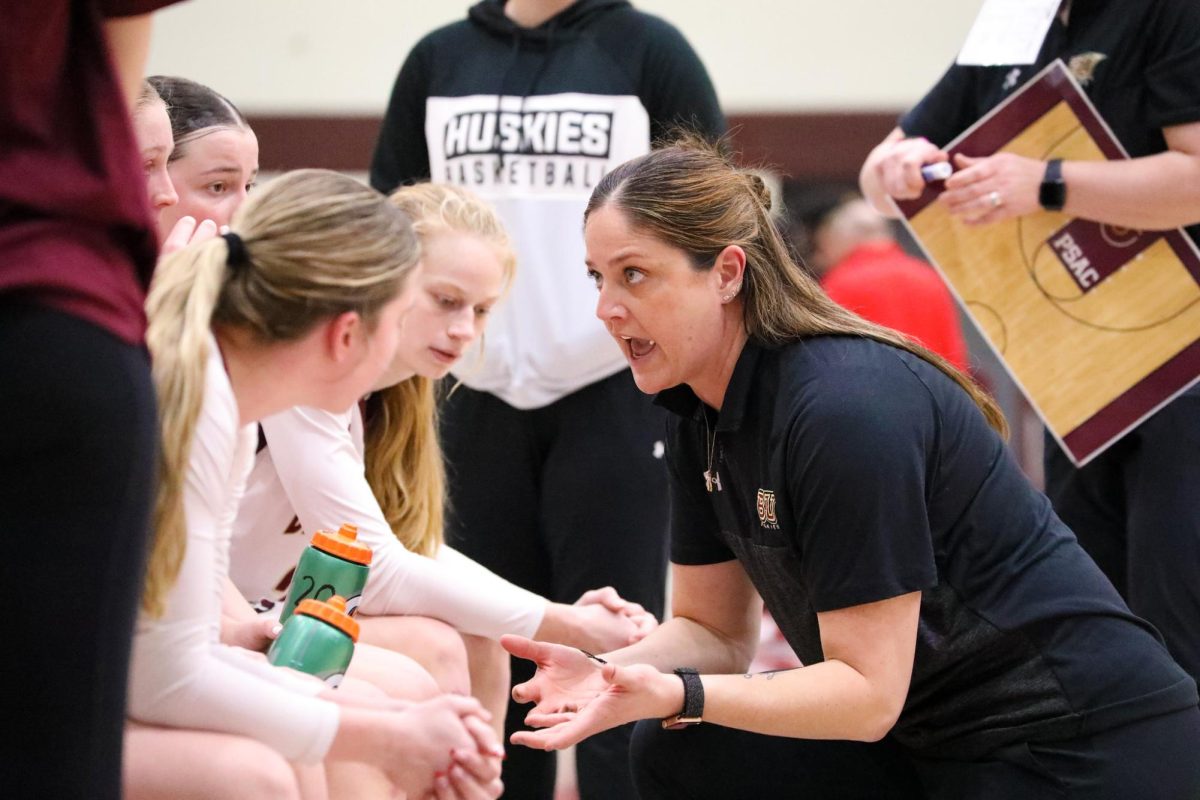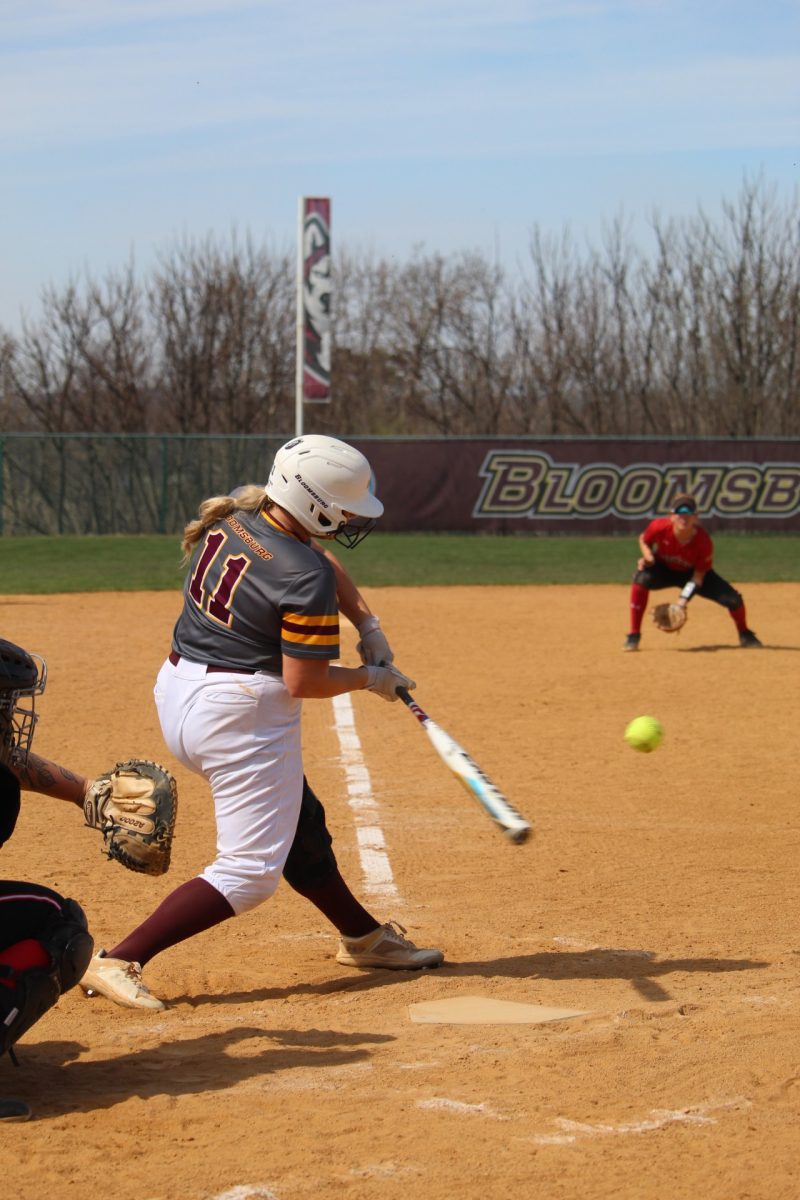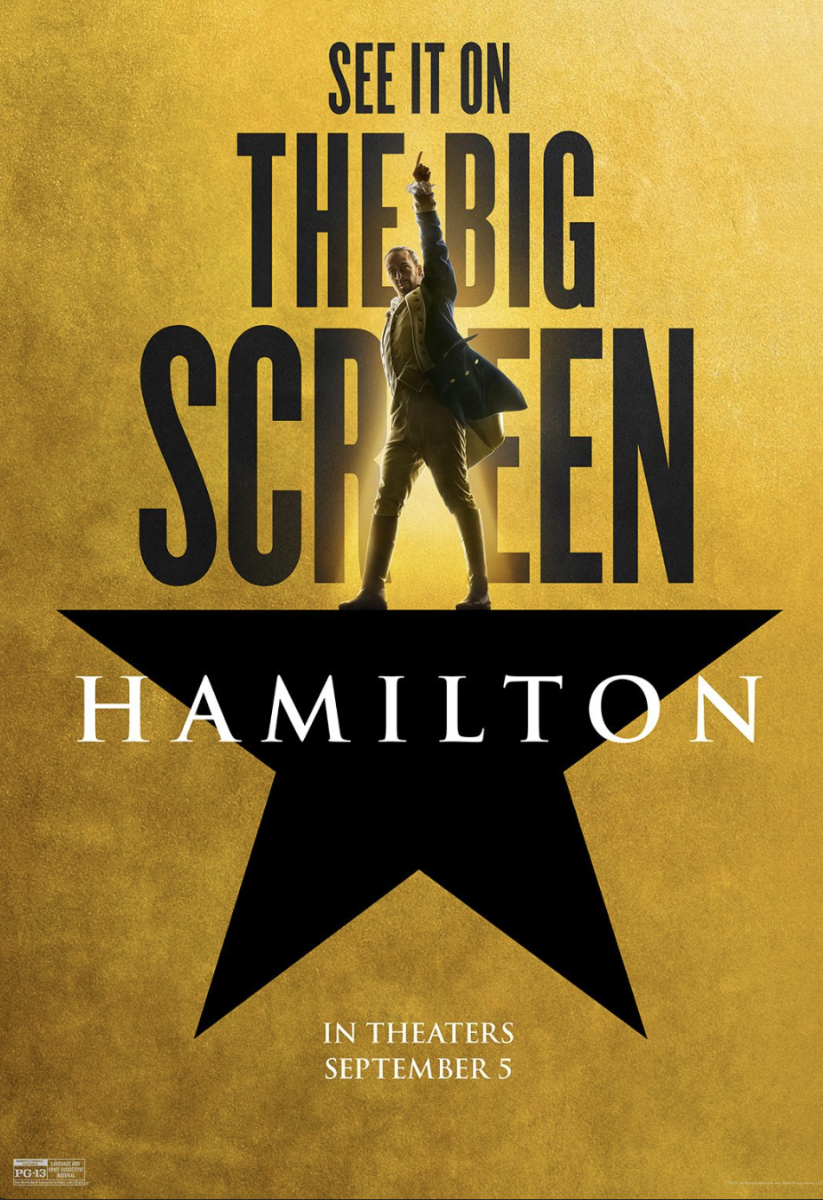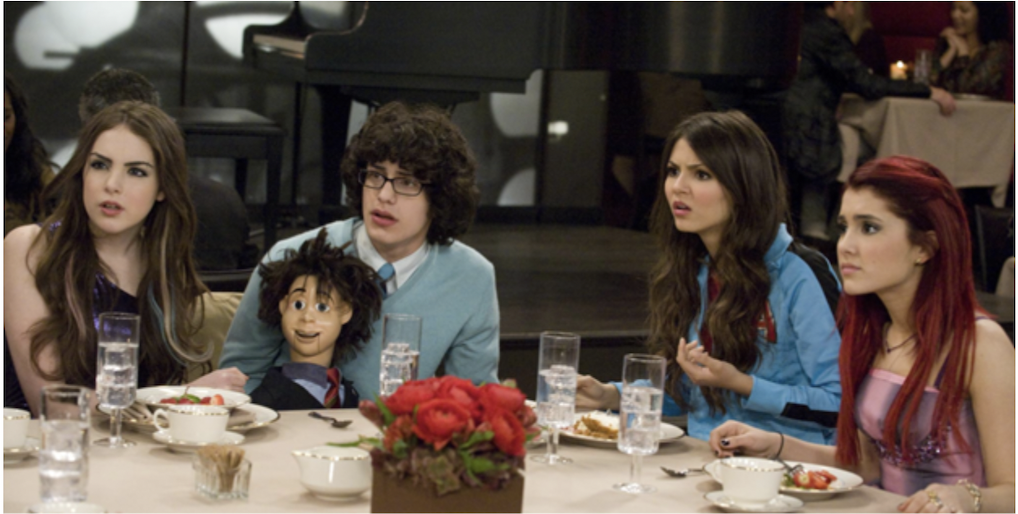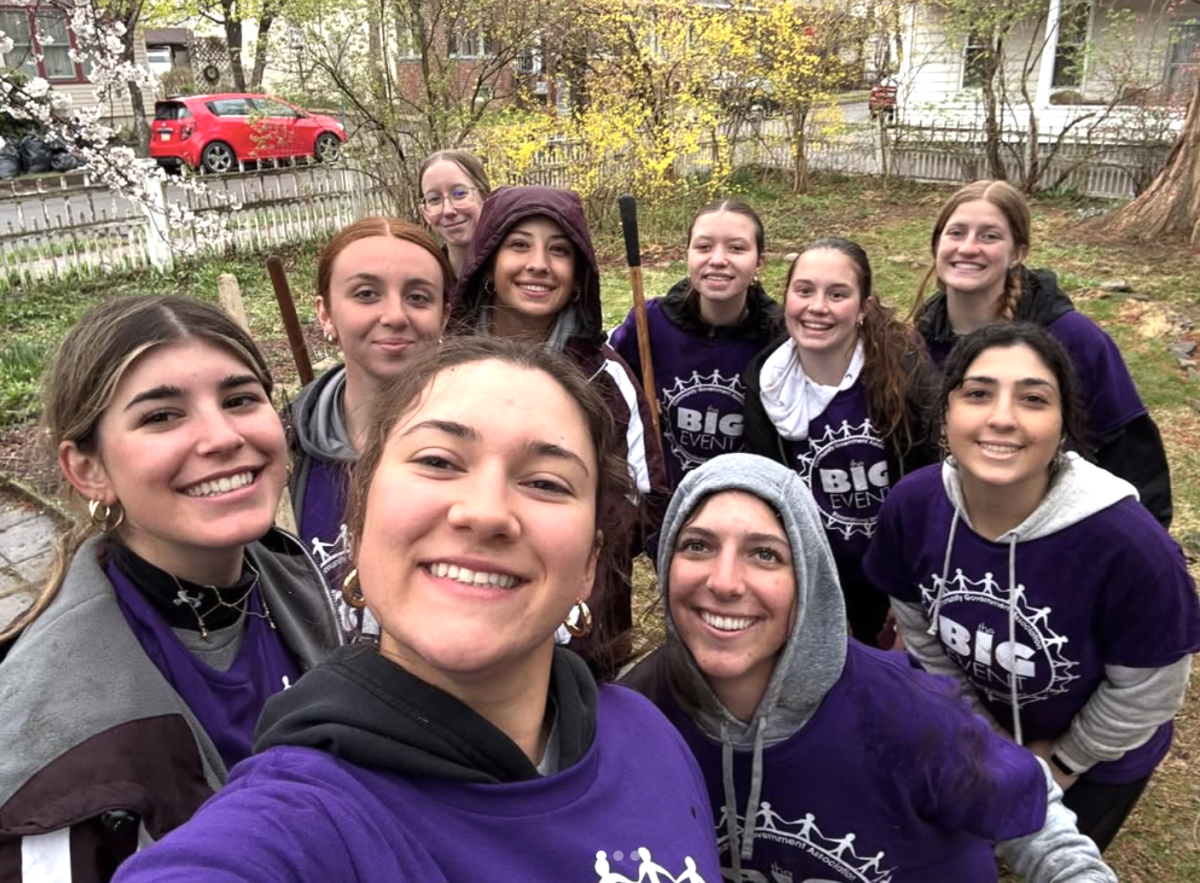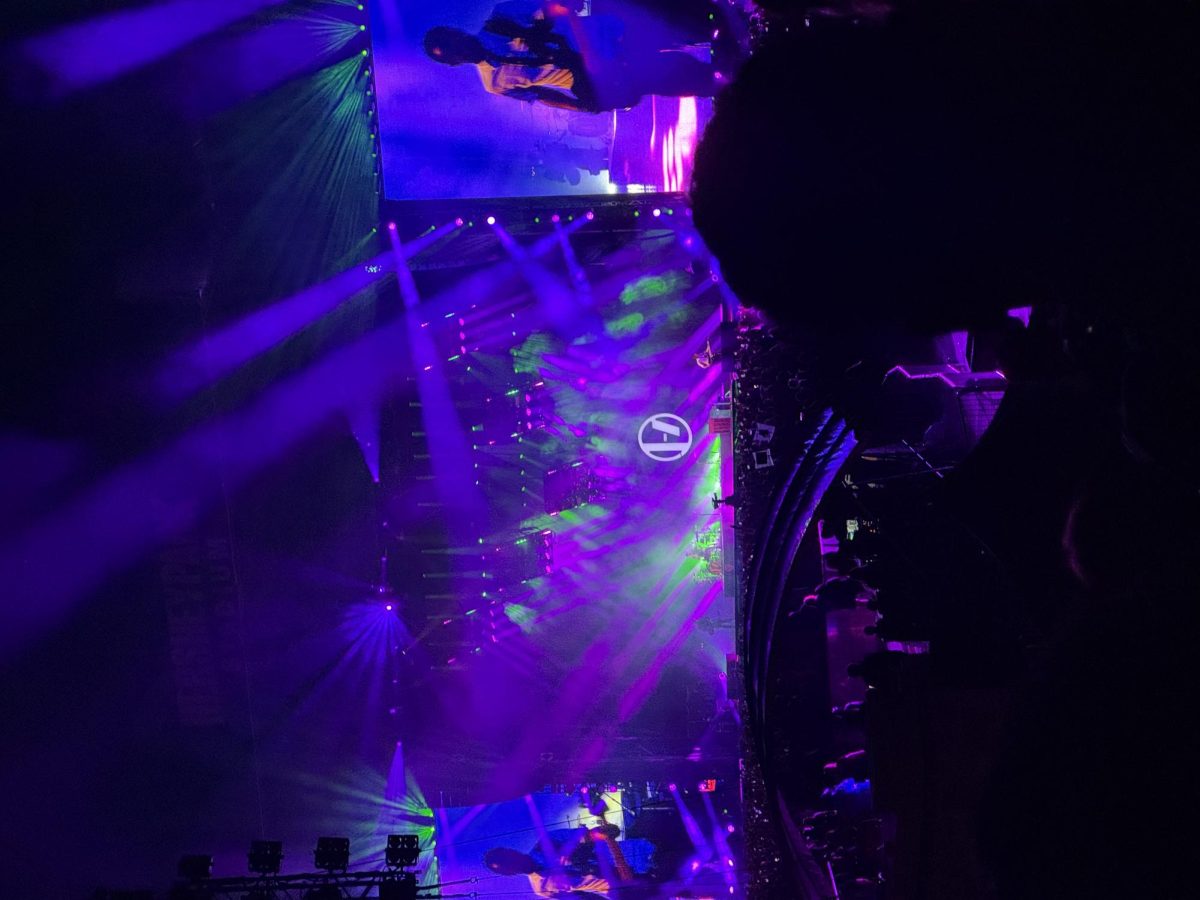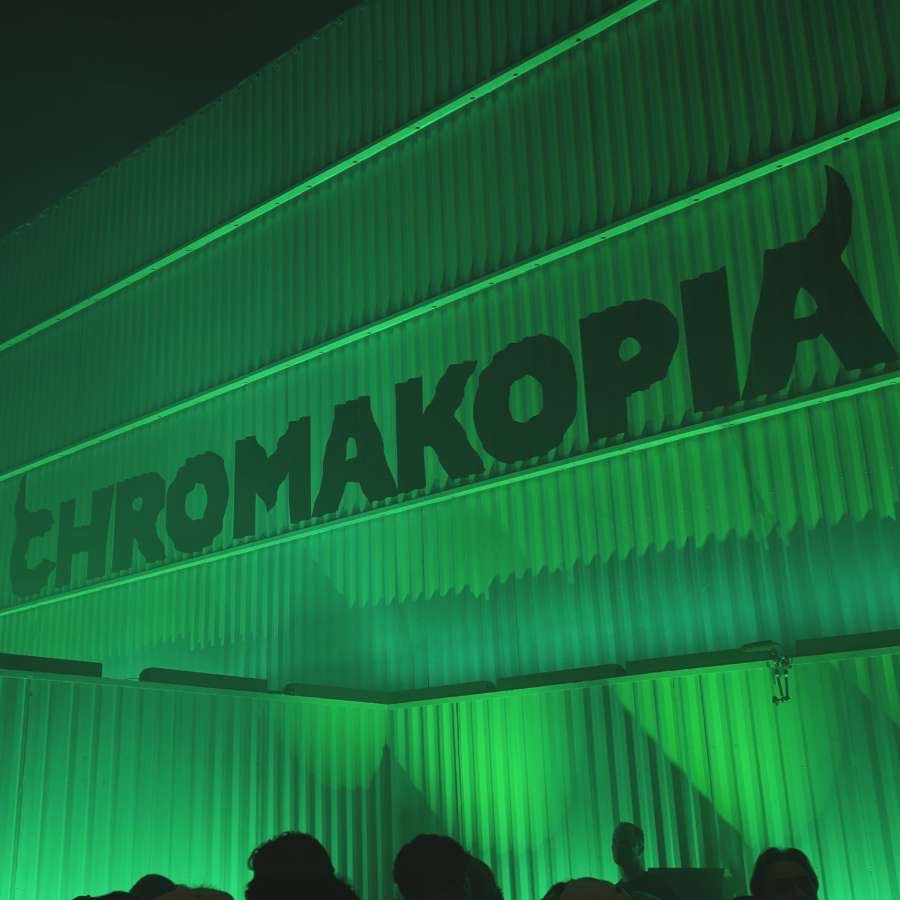You flip through the pages. With each flip you see a shade of purple. Thought bubbles pass by your thumbs. Each side of the paper reveals themselves to you. Your eyes dance over a drawing of a character, a new face.
You sneak a peak of one scene; it’s an image a young girl at the bottom of a well. You page through the novel some more, and with this, you catch a glimpse of the ending. An image of a ghost! You quickly close the work, not wanting to spoil the ending for yourself. The title sprawled across the front cover reads, “Anya’s Ghost,” by Vera Brosgol.
Studying English, I have always found myself strolling down the book store aisle labeled “the classics.” As I have stepped into the collegiate literary world, I have tried to step out of this bubble.
It was not until I took a course on campus that was devoted to young adult literature (affectionately referred to as YA lit) that I began to see the literary value that all mediums of text hold. I had discovered the graphic novel. Not just any graphic novel, but “Anya’s Ghost.”
For those unfamiliar with the genre, graphic novels are books composed in images, dialogue and thought bubbles. “Anya’s Ghost” reins in at about 224 pages.
The graphic novel is not new news in the literary scene. But to myself, I had an epiphany. When I was assigned to read “Anya’s Ghost” for one of my courses, at first, I was discouraged. I thought to myself “A picture book? We’re reading a picture book.”
I soon ate my words. “Anya’s Ghost” follows the tale of high school teen and first-generation Russian immigrant, Anya. Just like any coming-of-age novel, she’s navigating high school, boys and tackling the age-old question of “Who am I?”
In a turn of events, Anya finds herself falling into a well hidden deep in the woods. In the bottom of this well lives… you guessed it, a ghost. And although Anya’s spirit pal seems friendly, she isn’t as nice as she may seem.
This graphic novel will force you to tear through its pages. Not only is the plot gripping, but the illustrations are vibrant. The author paints each page in purple hues.
Perhaps this says something about the melancholy nature of the novel, for, after all, it is a ghost story. Or maybe the author just really likes purple. Either way, the periwinkle pages will captivate you. The novel explores ideas of what it means to grow up, immigration, femininity, friendship and trust. And, of course, with its illustrations, art. Brosgol convinced me that I was happily mistaken in regards to my false conceptions of graphic novels.
The novel has accumulated numerous awards. Some of these being the 2011 Cybils Literary Award in the Young Adult category and the Harvey Award for “Best Original Graphic Publication for Younger Readers” in 2012. There is also speculation of the graphic novel hitting the big screen sometime soon.
After reading a graphic novel that I very much enjoyed, I pledge to advocate for literacy in all its forms. Stories, such as “Anya’s Ghost,” need to be heard. They should be encouraged in classrooms, holding the same amount of validity as works in the literary cannon. Not to say that the classics are not brilliant, but rather expanding your repertoire.
These works can encourage younger readers, or simply entertain the more seasoned bibliophile. Going forth, I urge all readers to step out on a limb and pick up a graphic novel. Perhaps strolling away from “the classics” nook of the library is the change in reading you’ve been searching for.


